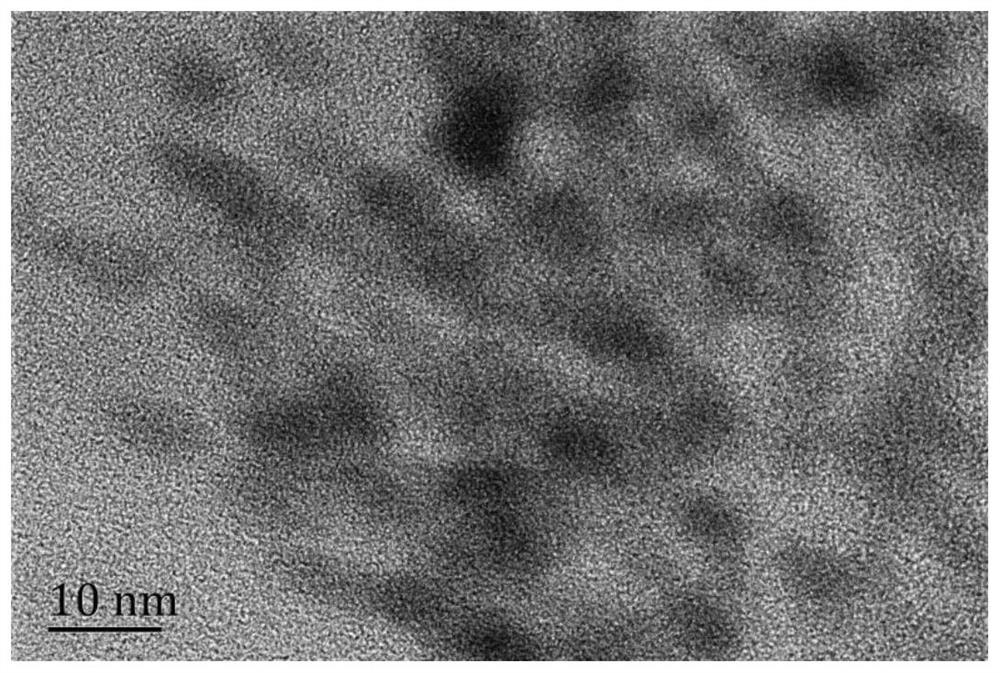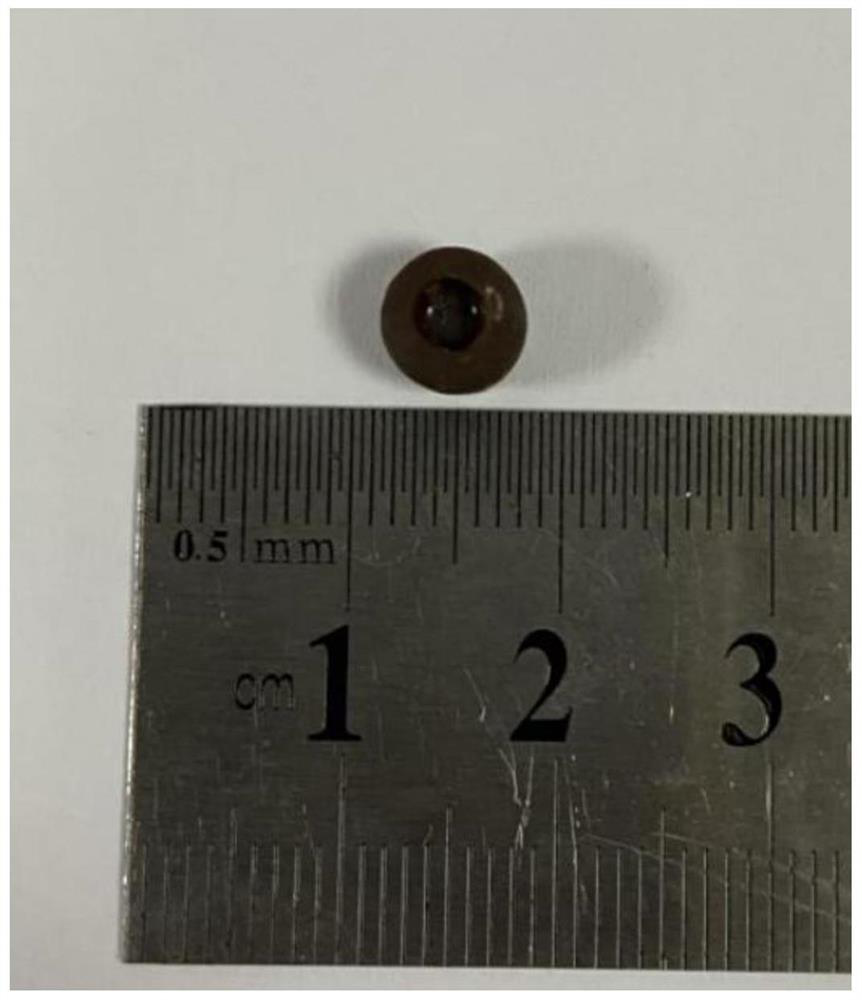Preparation method and application of 3D printing catalyst loaded with carbon quantum dots
A technology of 3D printing and carbon quantum dots, applied in chemical instruments and methods, physical/chemical process catalysts, 3D object support structures, etc., can solve the problem of few synthetic chemistry applications, and achieve cheap and easy-to-obtain raw materials and good photocatalytic activity , low shrinkage effect
- Summary
- Abstract
- Description
- Claims
- Application Information
AI Technical Summary
Problems solved by technology
Method used
Image
Examples
preparation example Construction
[0038] (1) Preparation of carbon quantum dots:
[0039] Weigh 1.0g citric acid and 1.0g urea, then add 15mL dimethyl sulfoxide (DMSO) into a sealed tube, react at 180°C for 8h, cool to room temperature, remove volatile components under reduced pressure, and then use a silica gel column Chromatographic separation gave blue fluorescent carbon quantum dots (0.75g).
[0040] (2) Preparation of 3D printing resin:
[0041]Weigh 10mmol of succinic acid and add 20mL of methanol into a round bottom flask, add 20mmol of isocyanoethyl methacrylate and 0.5mmol of dibutyltin dilaurate, react at 25°C for 8h and then extract, collect the organic phase, no Dry over sodium sulfate, filter and remove the volatile components under reduced pressure to give the monomer (2.38 g, 96% yield).
[0042] Weigh monomer 60wt%, C9-11 alkanol polyether-320wt%, pure water 15wt%, 4,4'-bis(2-sulfonic acid styryl) biphenyl disodium (DABP) 0.5wt% , 4.5 wt% ethyl 2,4,6-trimethylbenzoylphenyl phosphonate and mi...
Embodiment 1
[0046]
[0047] Weigh benzenediazonium p-chloroborate 2a (0.5mmol) in a photoreaction tube, add dimethyl sulfoxide 5mL, furan 3a (1.0mmol), a 3D printing spherical catalyst (50mg ), under the light of 390nm and the temperature of 25°C, reacted for 2h. After the reaction, the mixture was cooled to room temperature, extracted with ethyl acetate and water, the organic phase was collected, dried over anhydrous sodium sulfate, filtered, and the volatile components were removed under reduced pressure, and then separated by silica gel column chromatography (eluent was petroleum Ether (60-90° C.) / ethyl acetate, v / v=20:1), the target product 1a was obtained as a white solid (75 mg, 82% yield). The target product was confirmed by NMR spectroscopy.
Embodiment 2
[0049]
[0050] Weigh benzenediazobenzene 2b (0.5mmol) of p-trifluoromethyltetrafluoroborate into a photoreaction tube, add 5mL of N,N-dimethylformamide, furan 3a (1.5mmol), and a 5% carbon quantum The dotted 3D printed small disc catalyst (50mg) was reacted for 4h under 400nm light at a temperature of 35°C. After the reaction, the mixture was cooled to room temperature, extracted with ethyl acetate and water, the organic phase was collected, dried over anhydrous sodium sulfate, filtered, and the volatile components were removed under reduced pressure, and then separated by silica gel column chromatography (eluent was petroleum Ether (60-90° C.) / ethyl acetate, v / v=20:1), the target product 1b was obtained as a white solid (90 mg, 85 yield%). The target product was confirmed by NMR spectroscopy.
PUM
 Login to View More
Login to View More Abstract
Description
Claims
Application Information
 Login to View More
Login to View More - R&D
- Intellectual Property
- Life Sciences
- Materials
- Tech Scout
- Unparalleled Data Quality
- Higher Quality Content
- 60% Fewer Hallucinations
Browse by: Latest US Patents, China's latest patents, Technical Efficacy Thesaurus, Application Domain, Technology Topic, Popular Technical Reports.
© 2025 PatSnap. All rights reserved.Legal|Privacy policy|Modern Slavery Act Transparency Statement|Sitemap|About US| Contact US: help@patsnap.com



